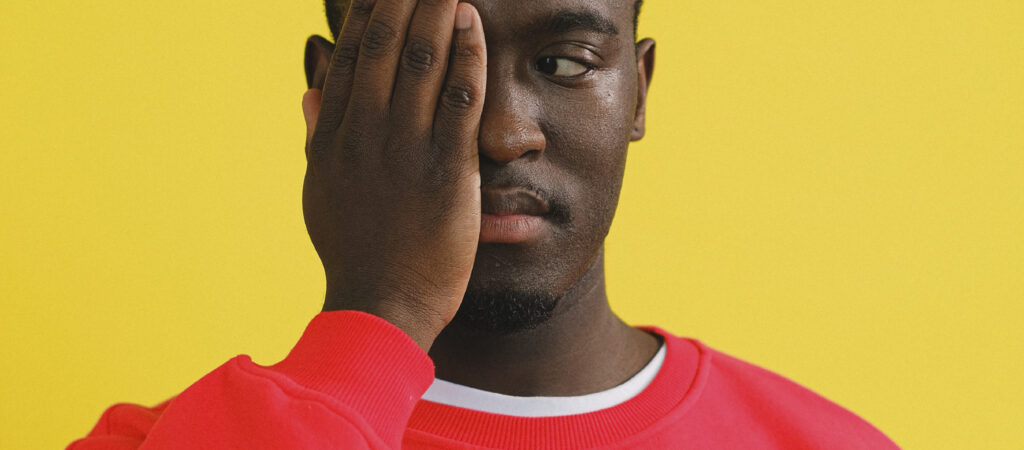5 Treatments for Bipolar Disorder

Medically reviewed by Susan Vachon, PA-C on February 24, 2022
Once you’ve been diagnosed with bipolar disorder, it’s time to find the treatment that can help you feel better. You’ll have a lot of options at your disposal, from therapy to medication. Every person is a little bit different, meaning that there’s no 100% “right” treatment. Rather, you’ll need to work with a medical professional to find what works best for you.
To give you a better idea of some of the things you might try, here are the top treatments for bipolar disorder — including a few new advancements still in the works.
1. Mood Stabilizers
Mood stabilizers are one of the most common treatments for bipolar disorder. While doctors don’t know the exact mechanisms behind mood stabilizers, they do know they can help with your symptoms by decreasing abnormal activity in the brain.
Nurx offers prescription treatment for anxiety and depression for as little as $0 in copays or $25 per month without insurance.
Your brain communicates using neurotransmitters. In people with bipolar disorder, neurotransmitter levels can be unbalanced, causing the brain to be overstimulated in certain regions. Mood stabilizers can help level out these overstimulated regions, making you feel less manic or depressed.
The two most commonly prescribed mood stabilizers are lithium carbonate and valproic acid (Depakote). However, your doctor may also recommend lamotrigine (Lamictal) or carbamazepine (Tegretol).
As your body adjusts to these meds, it’s common to experience nausea, itchiness, increased thirst, and fatigue. However, these symptoms should go away over time. If they don’t, you might try switching meds or opting for another treatment.
2. Antipsychotics or Antidepressants
While mood stabilizers are commonly used for bipolar disorder, they aren’t always 100% effective. If your symptoms are still lingering, your doctor may consider adding on either an antipsychotic or antidepressant to your regimen.
Antipsychotics are especially important if you are having delusions or hallucinations. Like most bipolar disorder drugs, antipsychotics aren’t very well understood. However, doctors do know they regulate the function of the brain circuits responsible for perception, mood, and thinking, which is why they can reduce manic symptoms.
Some examples of antipsychotics include aripiprazole (Abilify), asenapine (Saphris), lurasidone (Latuda), olanzapine (Zyprexa), risperidone (Risperdal), and quetiapine (Seroquel).
Sometimes more than one medication must be prescribed for Bipolar disorder. Certain antidepressants can be used in combination with antipsychotics to treat Bipolar. It is important that a patient has close follow up because some antidepressants can trigger mania. In fact, sometimes taking an antidepressant by itself can actually trigger mania. If your doctor does want to try this method, they’ll likely recommend Zoloft, Prozac, or Effexor.
3. Psychotherapy
Psychotherapy is a type of treatment where you discuss your symptoms and feelings with a therapist. Research shows that, when people with bipolar disorder undergo psychotherapy, they have much better outcomes than people who don’t.
There are a few different kinds of psychotherapy your doctor might recommend. One type is interpersonal and social rhythm therapy (IPSRT). In IPSRT, you’ll work on stabilizing your daily routines, such as when you sleep, eat, or exercise. Over time, this can help stabilize your mood.
Another common therapy is cognitive behavioral therapy (CBT). CBT teaches you to identify negative patterns of thought and then helps you replace them with more positive sentiments. Additionally, it can help you learn to manage stress and deal with triggers.
Family or group therapy is another option. Rather than working one-on-one with a therapist, you’ll instead have a group session where you can share your feelings with your loved ones or others with bipolar disorder. It can help you better recognize your warning signs and learn new coping tactics.
4. Electroconvulsive Therapy
Electroconvulsive therapy, better known as ECT, is a type of shock therapy that can be effective in up to 75% of people with bipolar disorder. It works by shocking the brain with a small bit of electric current. This causes a brief seizure in the brain, which can alter brain chemistry and help restore balance. Again, scientists don’t know ECT’s exact mechanisms.
Because there are some unpleasantries surrounding ECT — like the fact that you’ll need anesthesia for the procedure or you may have memory loss afterward — it’s generally only used when other, more conservative treatments have failed. It can also be a treatment when symptoms are so severe that they’re threatening your life.
5. Vagus Nerve Stimulation
When medications, therapy, and ECT have failed, your doctor might consider the more experimental vagus nerve stimulation (VNS) treatment. Currently, VNS is approved to treat epilepsy and depression, but not bipolar disorder.
In VNS, doctors will implant a small device under the skin of your chest that connects to the left vagus nerve. The vagus nerve connects to your brain and is responsible for regulating the function of your internal organs.
After the device is in place, it will send small electrical signals along the vagus nerve and into the brain. These small pulses can help to regulate brain function over a long period. This means you probably won’t see relief for at least a year, so VNS isn’t a great option if you are having serious symptoms.
How to Find the Right Bipolar Disorder Treatment for You
These options might seem overwhelming, but your doctor will be there with you every step of the way to prescribe what they think will work best based on your medical history, symptoms, and any other health conditions.
Finding what works is often a trial-and-error process. You may have to work your way through several different medications to find the one that minimizes your symptoms. Also keep in mind, bipolar disorder treatment usually takes some trial and error. Many patients may end up on a combination of medications.
While the beginning of the process does involve some experimentation, once you find what works for you, it is possible to get back to feeling normal again. Those unsustainable highs and lows will level out, and you’ll feel much better overall.
This blog provides information about telemedicine, health and related subjects. The blog content and any linked materials herein are not intended to be, and should not be construed as a substitute for, medical or healthcare advice, diagnosis or treatment. Any reader or person with a medical concern should consult with an appropriately-licensed physician or other healthcare provider. This blog is provided purely for informational purposes.







